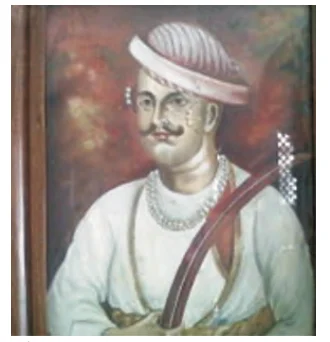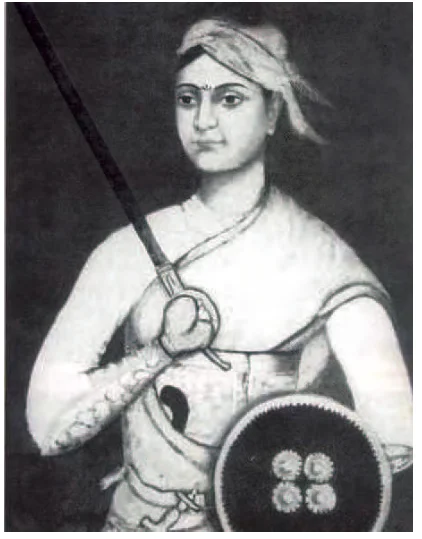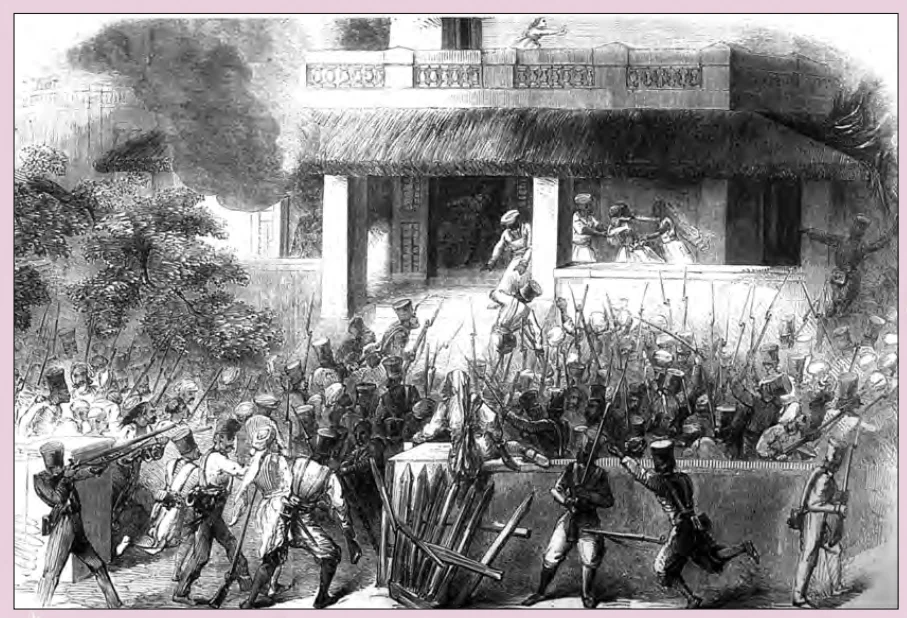![]() 25 Jun 2024
25 Jun 2024
During the Indian Rebellion of 1857, communication relied on traditional means like messengers, couriers, and postal services. Telegraph lines, though present, were limited. The fluid nature of the conflict often disrupted communication channels, making coordination challenging for both British forces and rebel groups across the Indian subcontinent.
Similar Pattern: The similarity in the pattern of the revolt across different regions was due to its planning and coordination.

Unity in Resistance: The events of 1857 saw leaders and warriors from across the country unite in a fierce struggle against British dominion.

Spotlight on Two Rebels
|
Vishnubhatt Godse’s Encounter: Vishnubhatt Godse, a Brahman from Maharashtra, narrated his encounter with sepoys while traveling to Mathura for a yajna.

Subedar Sitaram Pande’s Loyalty and Dilemma: Subedar Sitaram Pande, who served the British for 48 years, witnessed the suppression of the rebellion, even when his son, a rebel, was executed by the British.
| Must Read | |
| Current Affairs | Editorial Analysis |
| Upsc Notes | Upsc Blogs |
| NCERT Notes | Free Main Answer Writing |
The 1857 revolt relied on traditional communication like messengers and panchayats. Leaders like Rani Lakshmibai and Shah Mal emerged alongside religious figures. Rumors and propaganda fueled anxieties, highlighting the challenges of communication during this turbulent period.
| Related Articles | |
| India considered as a subcontinent | 1857 Revolt in India |
| THE DELHI SULTANATE (1206-1526 AD) | Relations of British India with Neighboring Countries: Geopolitics & Diplomacy |
<div class="new-fform">
</div>